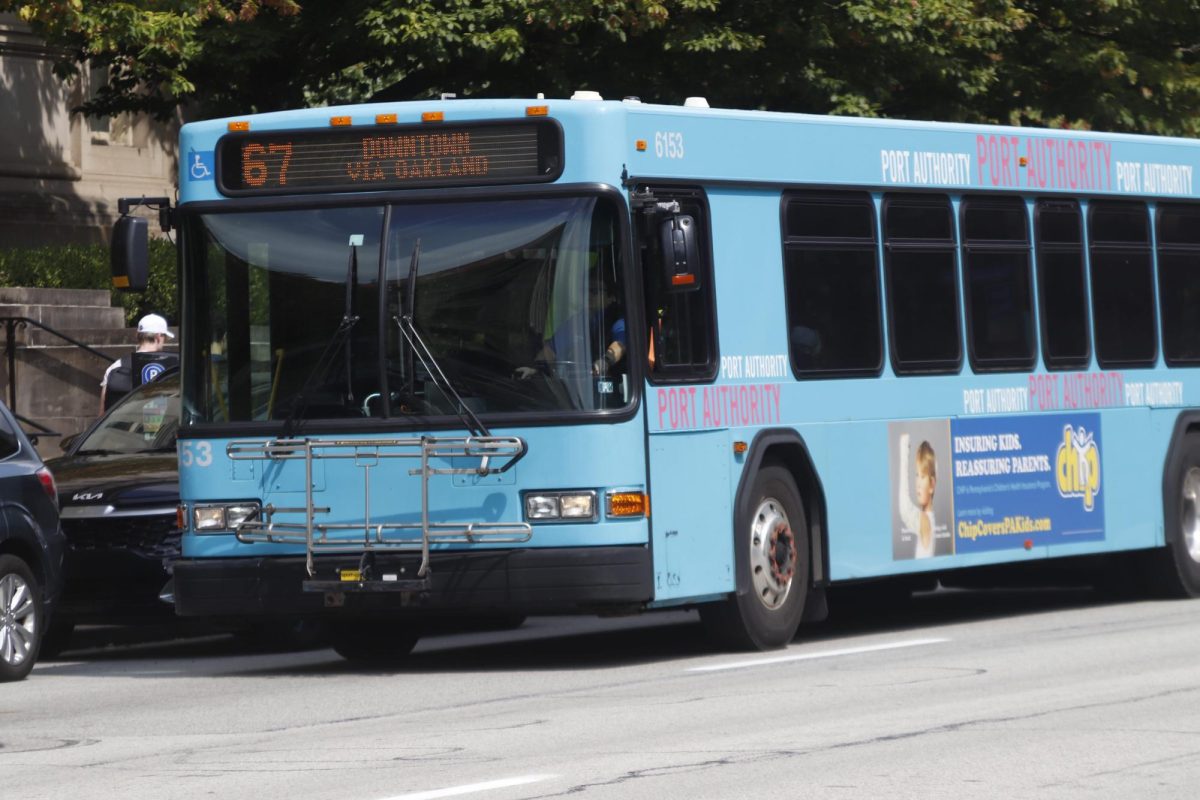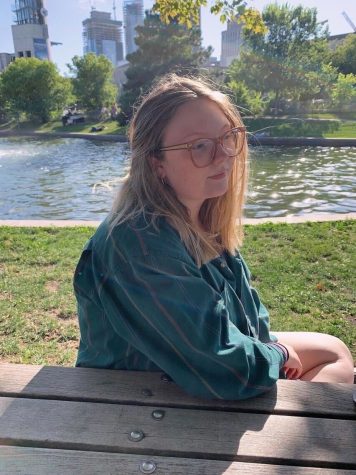On Oct. 1, the cuts to Pittsburgh Regional Transit lines took effect, despite much community opposition. Four of arguably the most popular bus routes — the 71A-Negley, 71C-Point Breeze, 71D-Hamilton and 61D-Murray — no longer go Downtown. Instead, they end in Oakland and turn around.
PRT officials say the change is an early implementation of their rapid transit project from Downtown to Oakland, which began construction in September. They argue “shortening the routes to end in Oakland will prevent them from getting caught in traffic congestion caused by construction.” But the new line will take years to build, and in the meantime, Downtown and Uptown public transit users will suffer.
When the project was first introduced in 2017, frequent riders of the 61 and 71 bus lines were looking at a 45% service loss — with the proposed cuts disproportionately affecting Mon Valley residents. But after public outcry, PRT ultimately decided against changes to the 61A-North Braddock, 61B-Braddock-Swissvale and 61C-McKeesport. Back then, PRT’s CEO Katharine Kelleman apologized, saying “We are acutely aware that we didn’t listen the first time.”
In theory, the bus rapid transit line is a good idea. Faster, more consistent transportation is desperately needed in Pittsburgh. The federal government seems to agree — the Biden administration sent nearly $150 million for the $291 million project. The problem is that PRT’s approach means conditions are going to get much worse before they get better. And the conditions are not temporary — they will last years.
Each iteration of PRT’s plan has involved cutting off access for communities with little to no replacements or alternatives offered. It should make all of us ask — which communities are a priority in Pittsburgh?
PRT has insisted that the effects of service cuts aren’t that detrimental, arguing that riders can transfer buses to get to where they need to go. In a recent Pittsburgh Union Progress article, Kelleman is quoted saying, “I understand change is difficult, and no change is going to make everyone happy. But you can still get there.” However, as community advocates have pointed out, transfers are not easy for everyone.
Yes, transfers are free for three hours for riders who use a ConnectCard or a mobile ticket, but many older, low-income and unhoused individuals tend to pay their fare in cash. That means paying fare multiple times just to get to one place. Riders with disabilities have also shared how much more difficult their commutes become when they are forced to transfer buses.
Kathleen Lynch, who works at Duquesne University and organizes with Pittsburgers for Public Transit, said ConnectCard machines are sometimes hard to locate, and that she had to Google where to find one near her home. “But if I don’t have access to good internet, I’m not going to find that out,” she said when we spoke this week. There are only seven ConnectCard locations Downtown.
In addition, the routes that aren’t shortened will likely see an influx of more passengers. This can lead to cramped and delayed commutes and full buses passing by people waiting at stops. Lynch said that’s a reality for a Duquesne student she knows. The student used to have four options to get to campus, and now he has only one — the 71B-Highland Park. The 71B is used by many Pitt and CMU students as well.
“That’s not fair, that now he has to wait for this particular bus and it’s already going to be crowded with all those students,” Lynch said. Commuter students at schools like Duquesne and Point Park will have limited options to get to their campuses.
Lynch has experienced issues with her own daily commute since February. She relies on the 65-Squirrel Hill, and the route changed after the Charles Anderson Bridge closed due to safety concerns earlier this year.
“The Charles Anderson Bridge closed because the DOT said it’s going to fall apart, and we’re all like, yes, absolutely take the detour so we don’t die,” she said, chuckling dryly. But the detour means that the bus is now unreliable. “The bus has never been on time.”
Kathleen’s story points to broader infrastructure problems in the city. PublicSource identified 175 bridges around Pittsburgh that are in poor condition or worse. How many more bridges will close, and how will that affect people’s access to public transportation? Even scarier — what if another bridge collapses, like the Fern Hollow bridge that took a 61B bus down with it?
Another glaring issue is food apartheid and proximity to affordable and healthy groceries. Almost half of all Pittsburghers live in food apartheid, and there is an alarming lack of grocery stores in Downtown and surrounding areas. A 2015 study by RAND shows that the majority of Hill District and Homewood residents depend on public transportation to get groceries.
Having a direct ride to a grocery store is not an unreasonable request. The service changes cut many Downtown and Uptown residents off from the East End, which has options like Aldi, Trader Joes and Market District. Community members mentioned this at a Pittsburghers for Public Transit protest held last Friday, Sept. 29.
How many PRT officials are transit riders themselves? How many have waited for a transfer during a frigid Pittsburgh winter? How many have had to carry groceries or push strollers onto a crowded bus? When the public is saying that public transportation isn’t working for them, they should be listened to.
India studies politics, philosophy, gender studies and social justice. She loves magical realism books, Joni Mitchell’s music and class consciousness. You can write to her at [email protected].




